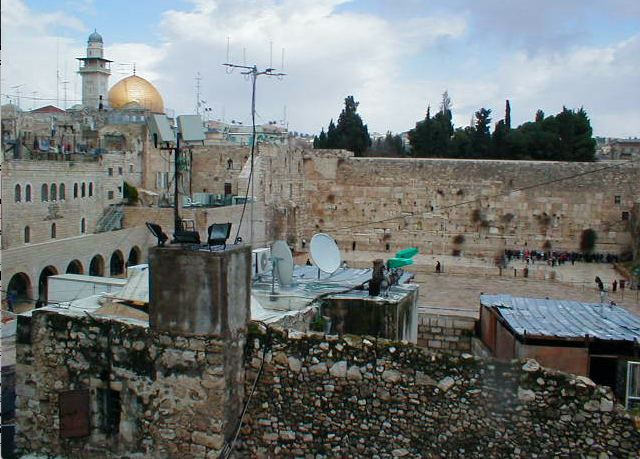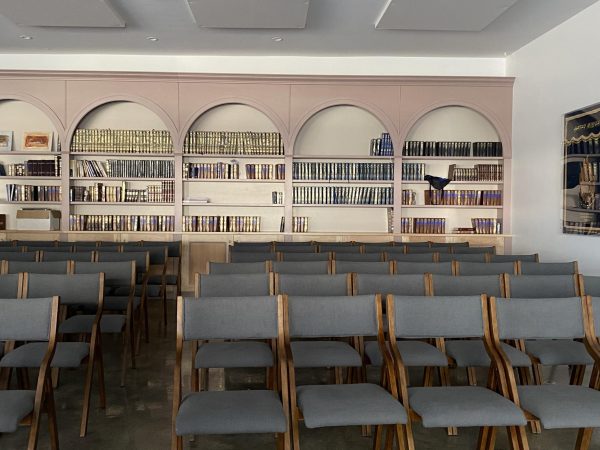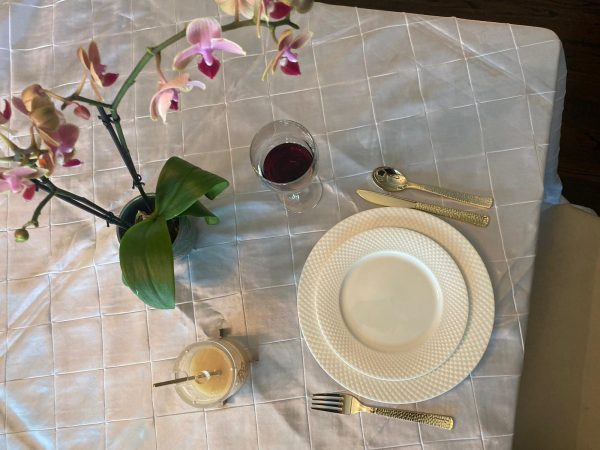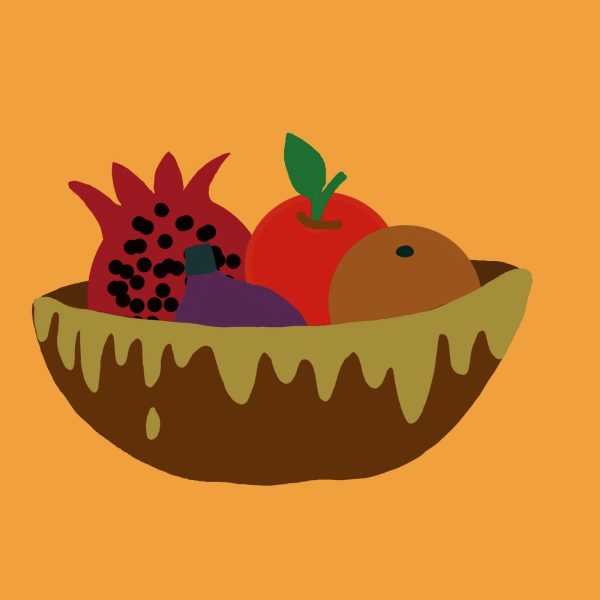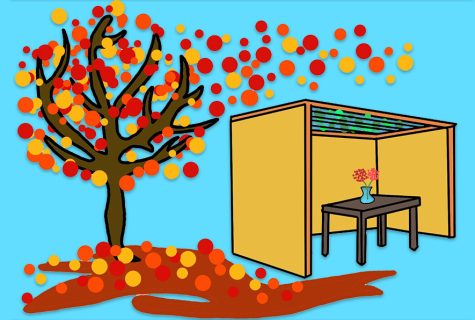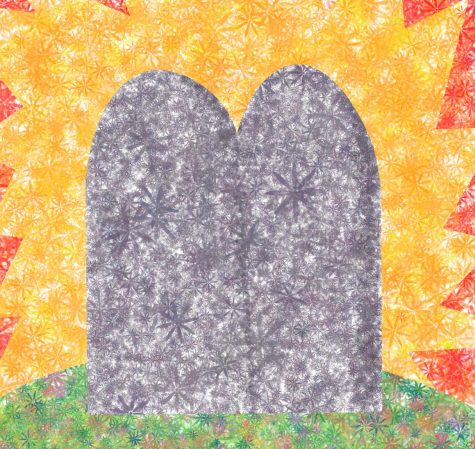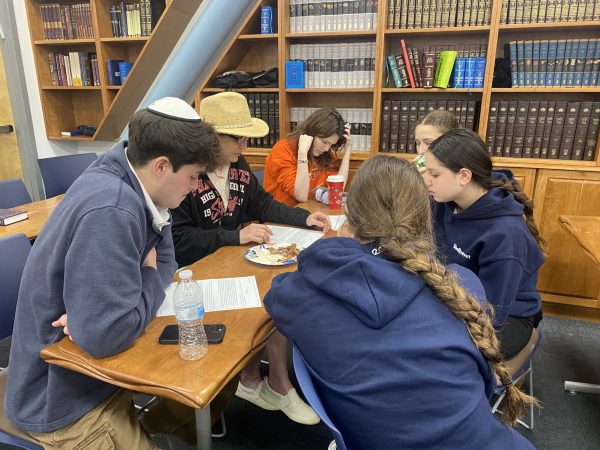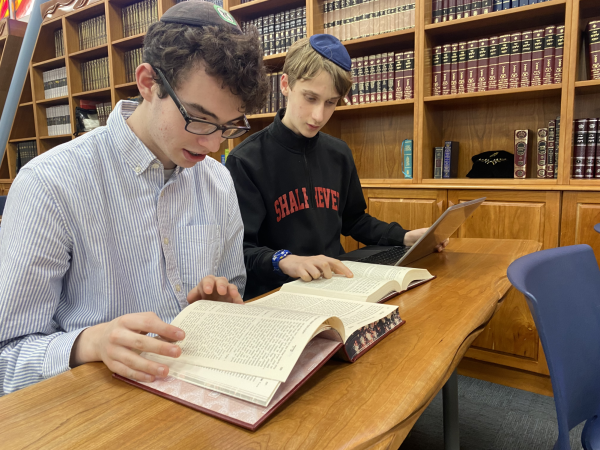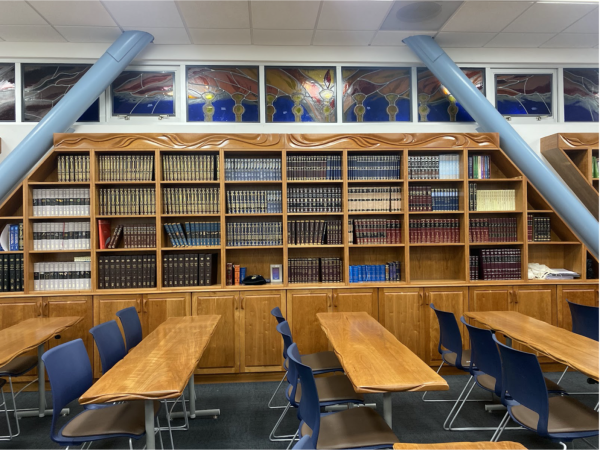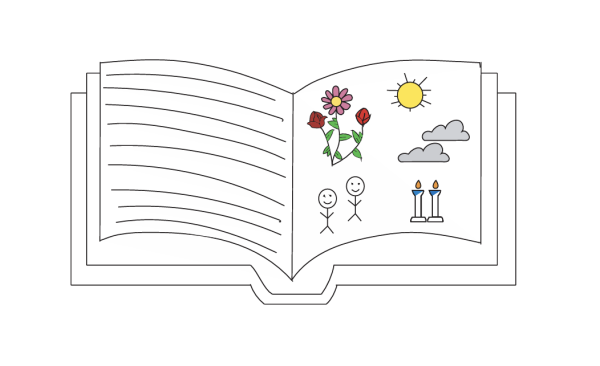Shavuot in Jerusalem: Anticipation rewarded, then and now
CONNECTED: In ancient times, Jews came from all over Israel to pray at the temple in Jerusalem. Today, praying there on any day can bring feelings of unity across time.
The morning I flew to Israel, I woke up at 6:20 am even though my alarm was not supposed to go off until 7:15. The anticipation boiled through me as I finally was going to the country I had heard and learned so much about — my homeland.
I did not sleep at all during the four-hour flight from Warsaw to Israel, nor did I sleep much my first night in Israel, but that was because of other logistical reasons. On bus rides throughout the trip, I would force myself to stay awake so I could experience Israel’s landscapes and appreciate the beauty of Israel.
One part of my trip to Israel I was eagerly awaiting was going to Jerusalem, the Old City and especially the Kotel. I loved Jerusalem — the shuk, the food, the people. It is beautiful. I cannot believe how lucky I am to get to live there next year.
The Old City was also beautiful — the Jerusalem stone pathways traced thousands of years of Jewry. And as we approached the Kotel for the first time, for my first time, my friends Nomi Willis and Ari Sassover held my hands as I closed my eyes as we neared the Kotel.
And then I opened my eyes, and I saw it. And not to burst anyone else’s bubble, but I was sort of underwhelmed. It was grand and looked beautiful under the night sky, but the women’s section was very small, you have to push your way to actually touch the wall and until I touched the wall, it looked exactly like it did in pictures.
As I pushed my way to the front of the crowd, touched the Kotel and said the Shema, I did not cry and kiss the wall the same way the women around me did.
But I did connect to the millions of Jews over thousands of years who stood where I stood to get closer to holiness. And I also remembered those who didn’t, who never could.
Shavuot is one of the three pilgrimage holidays — shalosh regalim — where in ancient times, thousands of Jews went to the Beit Hamikdash to give special sacrifices.
In Shemot 34, the Torah states: “You shall make for yourself a Festival of Weeks, the first of the wheat harvest.” Again in Devarim 16, the Torah says, “You shall perform the Festival of Weeks to the Lord, your God, the donation you can afford to give, according to how the Lord, your God, shall bless you…And you shall rejoice before the Lord, your God.”
Today, because we have the miracle of the State of Israel, people go to the Kotel on these occasions — and also any time they want. That is what I connected with when I was at the Kotel: that my resilient people finally has sovereignty after thousands of years in exile.
Next week as you celebrate Shavuot, learn Torah and eat some cheesecake, even if you do not connect to every single tradition, know that you are living the Jewish dream of being able to observe freely. And even if you don’t stay up all night, maybe you, too, will wake up early — with the anticipation of receiving the gift we were given so long ago, that has renewed itself so completely in our time.
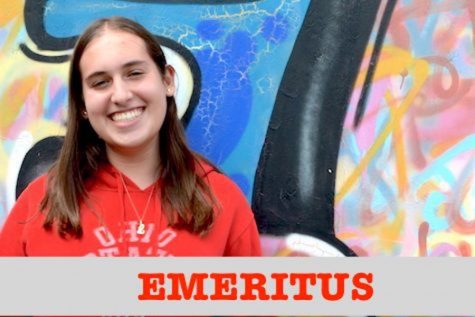
Clara Sandler was co-editor-in-chief during the 2018-19 school year and then studied at the Midreshet Lindenbaum seminary in Jerusalem. She is now a junior at the University of Chicago.

